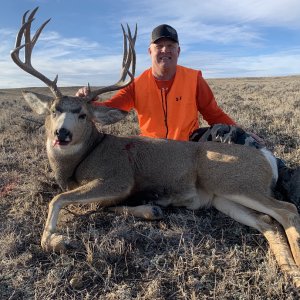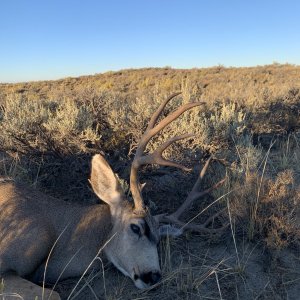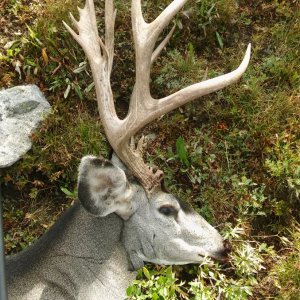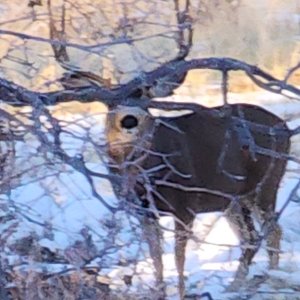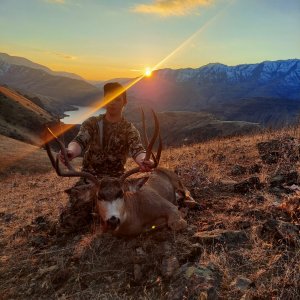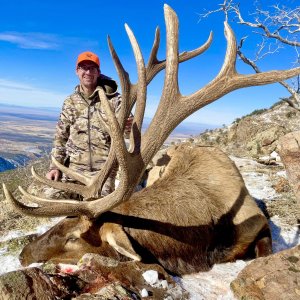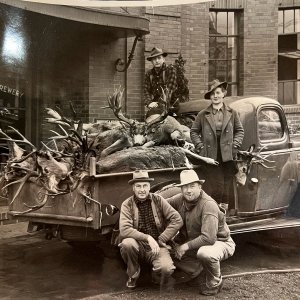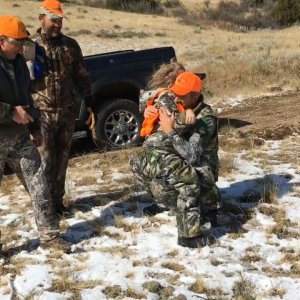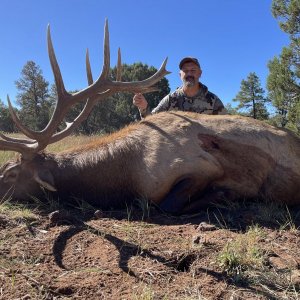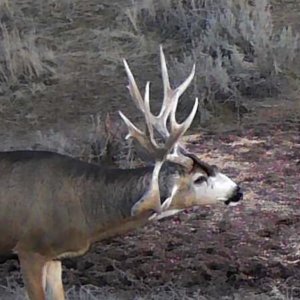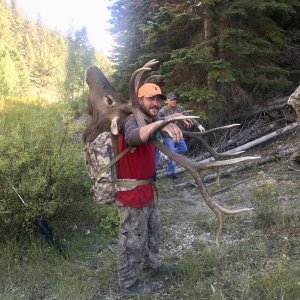E
elkoholic21
Guest
LAST EDITED ON Aug-14-09 AT 01:02PM (MST)[p]LAST EDITED ON Aug-14-09 AT 01:00?PM (MST)
I just found out i drew a oncce in a lifetime bull elk tag in an area that should give me oportunities at bulls in the 350 and up range!! i am only 19 so i have not had much experience field judging bulls, i have taken a few rag horns but have never been picky when it came to elk. I want to take advantage of this tag so i am taking the fall semester off from school and will spend as much time as it takes for hopefully a 350+ class bull. Any tips on field judging will be greatly appreciated, Thanks.
I just found out i drew a oncce in a lifetime bull elk tag in an area that should give me oportunities at bulls in the 350 and up range!! i am only 19 so i have not had much experience field judging bulls, i have taken a few rag horns but have never been picky when it came to elk. I want to take advantage of this tag so i am taking the fall semester off from school and will spend as much time as it takes for hopefully a 350+ class bull. Any tips on field judging will be greatly appreciated, Thanks.

